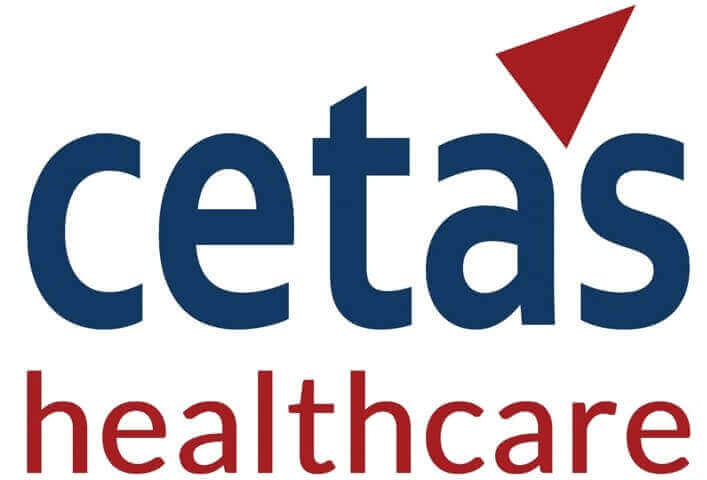X
The European Medical Device Regulation (EU MDR 745/2017) has significantly enhanced the regulatory framework governing medical devices in the European Union (EU). Among its many provisions, incident reporting stands out as a crucial aspect aimed at ensuring the safety and effectiveness of medical devices. Understanding the basics of incident reporting criteria is paramount for manufacturers, regulators, healthcare professionals, and patients alike. In this article, we delve into the fundamental principles of incident reporting under EU MDR 745/2017, shedding light on its significance and implications.
Why Report?
Incident reporting plays a pivotal role in the post-market surveillance of medical devices, facilitating early detection of safety concerns and regulatory compliance issues. By promptly identifying and addressing incidents, manufacturers can enhance the safety and performance of their devices, thereby fostering trust among healthcare professionals and patients. Moreover, aggregated incident data enables regulators to monitor the overall safety profile of medical devices, identify trends or emerging risks, and take appropriate regulatory actions to mitigate potential harm.
Key Components of Incident Reporting Criteria:
EU MDR 745/2017 outlines specific requirements and criteria for incident reporting, ensuring a standardized approach across member states. Some key components include:
1. Definition of Incidents: incident’ means any malfunction or deterioration in the characteristics or performance of a device made available on the market, including use-error due to ergonomic features, as well as any inadequacy in the information.
supplied by the manufacturer and any undesirable side-effects;
2. Reporting Obligations: “Manufacturers shall report any serious incident as referred to in point (a) of paragraph 1 immediately after they have established the causal relationship between that incident and their device or that such causal relationship is reasonably possible and not later than 15 days after they become aware of the incident”.
Manufacturers authorized representatives, and importers are obligated to report incidents to the competent authorities without undue delay, typically within 15 days of becoming aware of the incident. Additionally, healthcare professionals and users are encouraged to report incidents directly to manufacturers or competent authorities.
3. Serious incident: Any incident that directly or indirectly led, might have led or might lead to any of the following:
4. Field safety corrective action: Any corrective action taken by a manufacturer for technical or medical reasons to prevent or reduce the risk of a serious incident in relation to a device made available on the market;
5. Documentation and Record-keeping: Robust documentation and record-keeping practices are essential for incident reporting compliance. Manufacturers must maintain detailed records of reported incidents, investigations conducted, and actions taken in response to incidents. These records serve as critical evidence of regulatory compliance and may be subject to regulatory audits or inspections.
Challenges and Considerations:
While incident reporting is a crucial aspect of medical device regulation, it poses several challenges and considerations for stakeholders. These may include:
1. Reporting Burden: Compliance with incident reporting requirements can be resource-intensive for manufacturers, particularly smaller companies with limited regulatory expertise and infrastructure.
2. Data Quality and Completeness: Ensuring the accuracy, completeness, and timeliness of reported data is essential for effective post-market surveillance. However, challenges such as under-reporting, incomplete information, and varying reporting practices across member states may compromise the quality of incident data.
3. Collaboration and Communication: Effective communication and collaboration among manufacturers, regulators, healthcare professionals, and patients are vital for timely incident reporting and appropriate risk mitigation. Building trust and fostering a culture of transparency and accountability is key to enhancing incident reporting effectiveness.
1. Date: Date of Report
2. Type of Report:
Initial, Follow up, Final, Trend.
3. Type of Reporter: Manufacturer, Importer, Distributor, Healthcare Professional
5. Device details: Model, version, serial number, etc.
6. Patient information: Relevant medical history and details about the incident.
7. Incident description: A clear and concise account of what happened, when, and how.
8. Contributing factors: Any potential causes or underlying issues.
Incident reporting is a cornerstone of post-market surveillance under EU MDR 745/2017, serving as a vital mechanism for safeguarding patient safety and public health. By understanding the basic principles and criteria of incident reporting, stakeholders can navigate regulatory requirements more effectively, mitigate risks associated with medical devices, and contribute to the continuous improvement of healthcare quality and safety. Embracing a proactive approach to incident reporting not only enhances regulatory compliance but also fosters a culture of vigilance, transparency, and accountability across the medical device ecosystem.
In summary, incident reporting under EU MDR 745/2017 is a complex yet essential aspect of medical device regulation, requiring collaboration, diligence, and adherence to standardized criteria. By prioritizing patient safety and regulatory compliance, stakeholders can navigate the intricacies of incident reporting effectively, thereby ensuring the continued trust and confidence in medical devices within the European Union.


Introduction: In the dynamic space of the medical devices world, ensuring their safety and effectiveness post-market is paramount. Post-Market Clinical Follow-Up (PMCF) studies play a pivotal role in this endeavor. Among the various PMCF approaches,
We provide the best insights for your business
